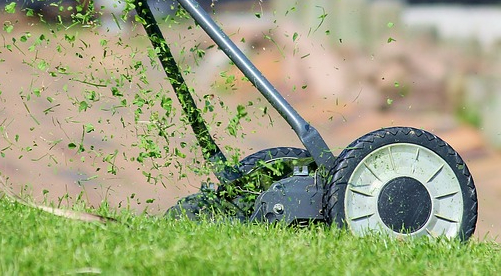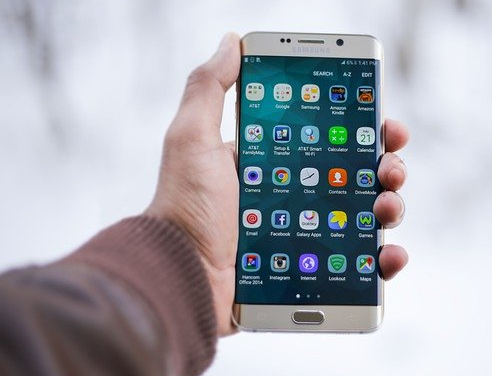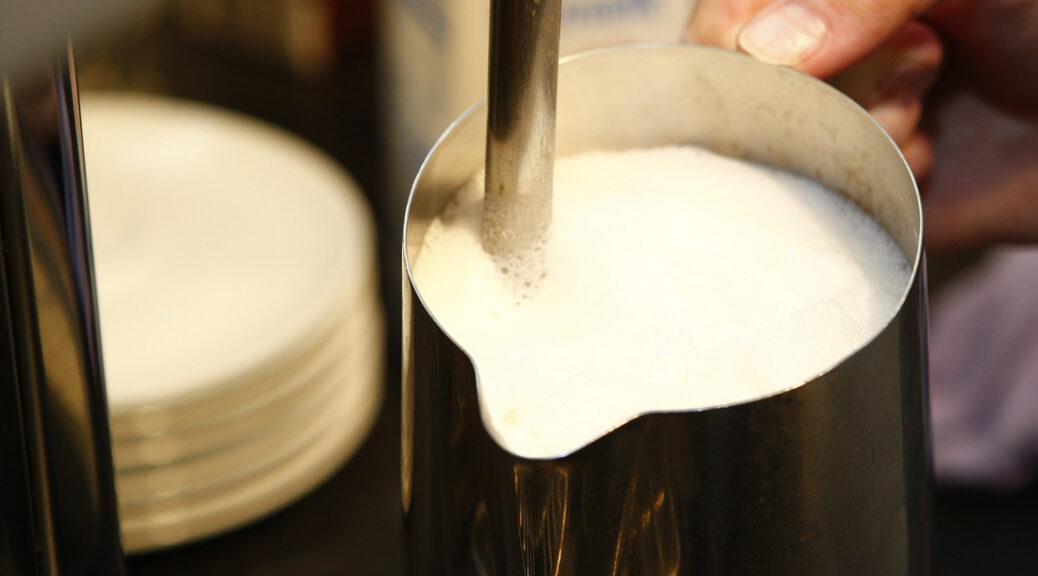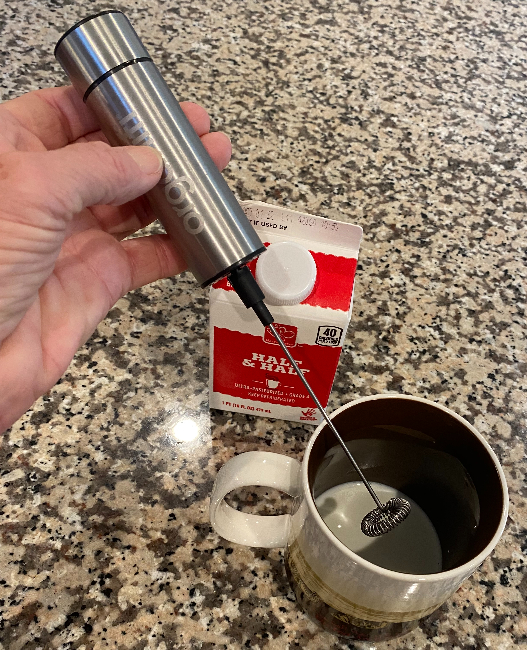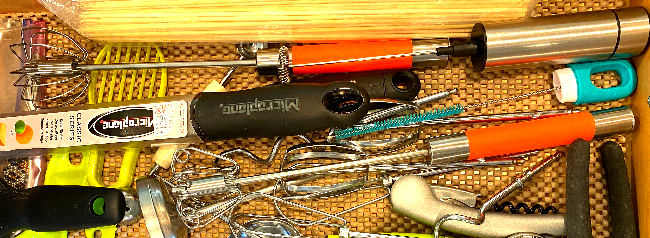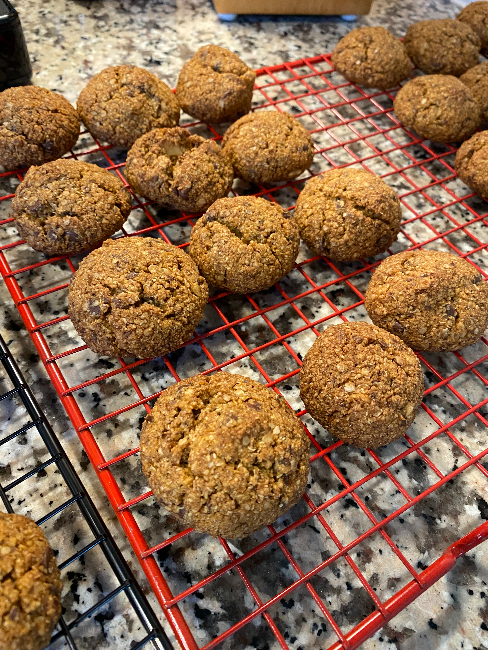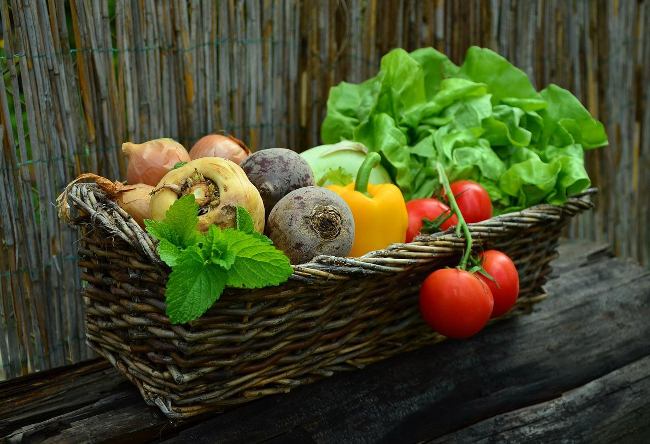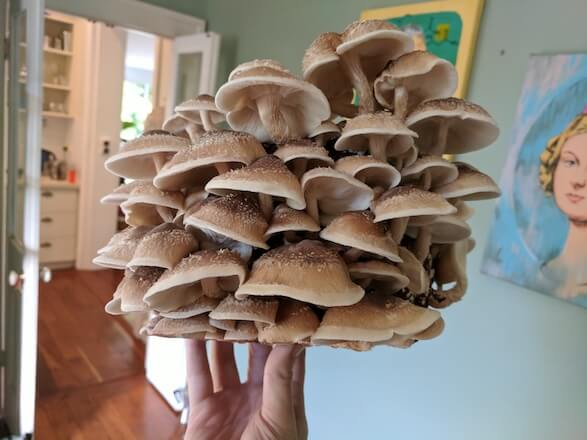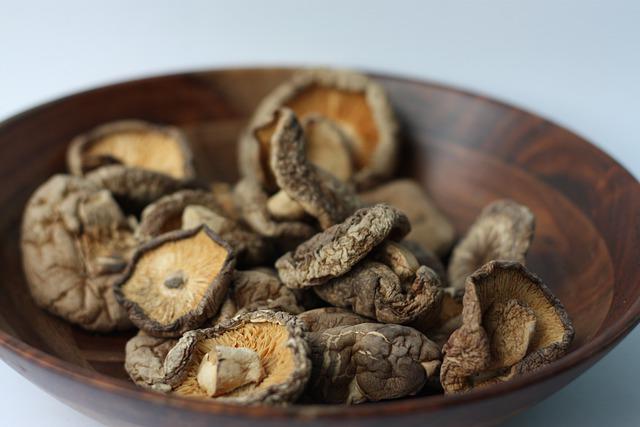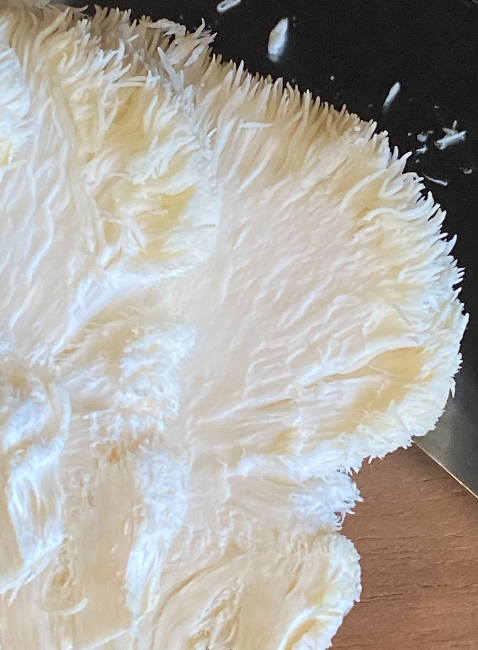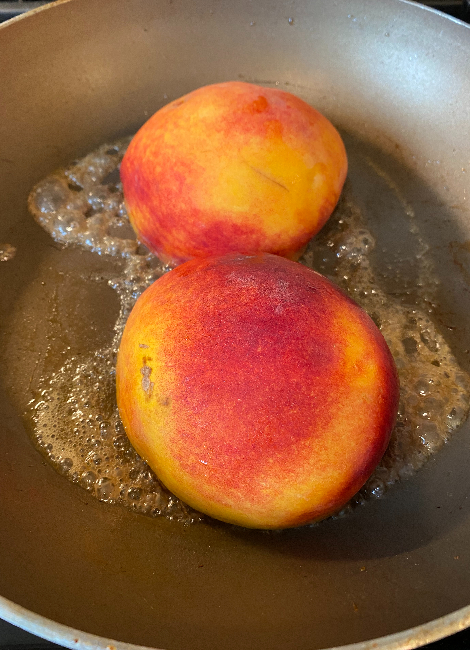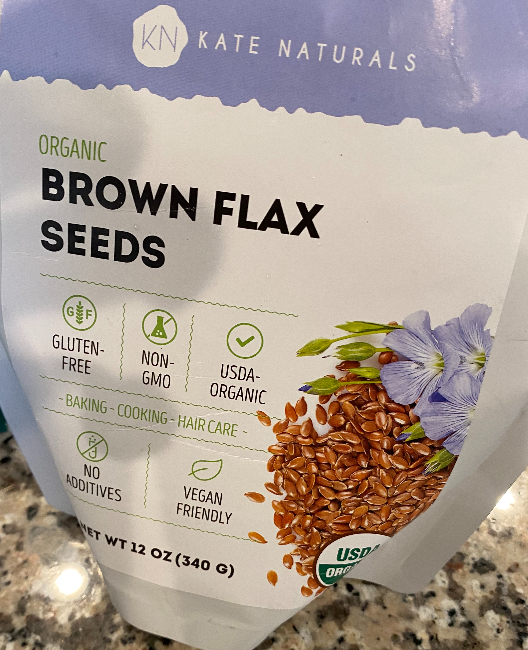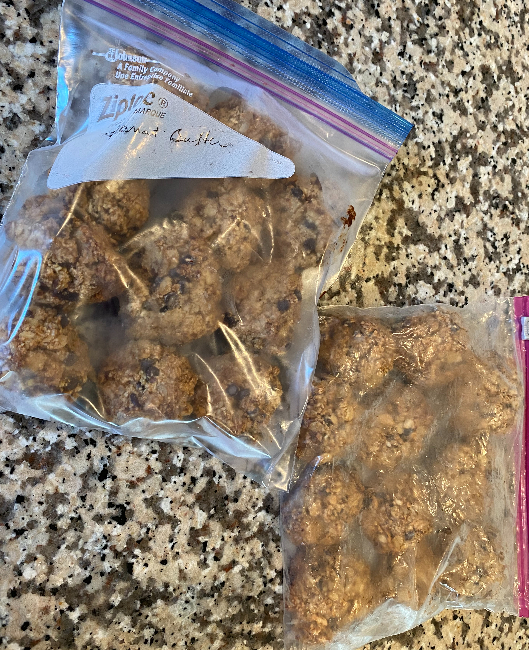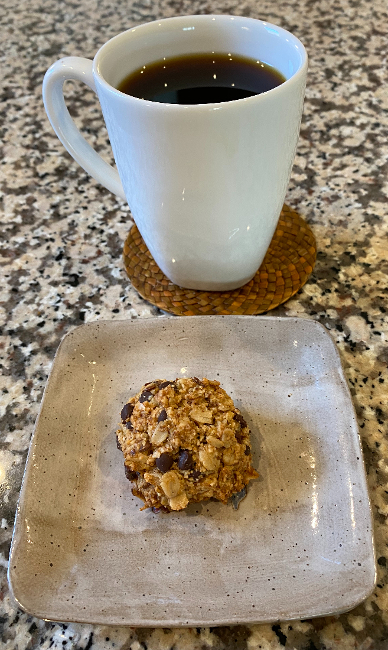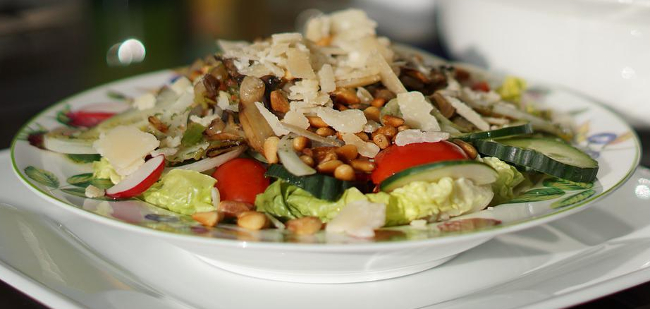We at foodtalk4you have always promoted improved health – one meal, one breath, one movement at a time.
Yep. There it is on our beautiful banner.
Lately, we’ve been hovering around the mental concepts of boosting our health. Maybe we could say mental/emotional/spiritual concepts.
But it’s all mental, really.
I used to think that our brain controlled everything, but have come to appreciate that the brain does not control things. We control the brain.
What the brain is allowed to send out, influences the outcomes we experience.
These past weeks, we explored a change in command as we recognize that – even if it’s totally new to us – we can purposefully say goodbye to the chains of the past so we can embrace the full potential of the present moment.
One goodbye release may not be enough; but over time, the more we can fully release our past hurts, disappointments, and traumas, the more we can feel that shift in power. We no longer allow the past to hold sway over our present.
This takes practice – along with the new belief that, “I am willing to change.”
Changing the habit of self-talk can take considerable mindfulness to recognize the subtleties of how ingrained our unsupportive and judgmental inner dialogue can be.
What’s the knee-jerk conversation you throw at yourself when you splash some coffee on the floor?
“You nimrod! What an idiot!”
Such a casual phrase, maybe meant to accept responsibility, is also heaped in judgement. Mess happens to all of us, dear readers. We all splash tumblers onto the floor, drop things, and stumble by simply tripping over our own feet – judgement is not needed. Maybe we need to be more careful, sure, but a stack of negative messages can grow over the course of time.
If our first thought is to be judgmental, we need to reflect on why we need judgment. Why do we think we deserve judgment? Because someone always judged us? That’s their message – an old message that we are giving life and power over us today.
Why don’t we forgive ourselves? Wouldn’t that be the kinder thing to do? Wouldn’t you like a little forgiveness?
As I dropped a jar of dill pickle relish on the floor a few days ago and watched half of its contents spatter all over the kitchen floor, I could have judged myself. Instead, there was a reminder to screw on the lid better next time and double check my efforts along with –
“Oops!”
“Man, I’m glad that wasn’t sweet pickle relish!”
“Hmmm, what’s the best way to clean this up?”
Do you groan and say you have to go to work … have to mow the grass …have to go to the store?
We need to do a word swap. Go from judgment to helpful. Go from negative to positive. Maybe just practice stating facts.
How about –
“I’m going to the store so we can have some yummy food to fix for dinner.”
“I choose to go to work so I can pay the rent.”
“I’m going to mow the grass before it rains.”
From the time we open our eyes in the morning until we close them at night, we are making choices. Practice using your power of choice as you actively guide your brain to set the tone of your day.
Be kind to yourself. Wouldn’t that feel good?
If you found this helpful, please share with someone you care about using the options in the MORE button below.
In health –
Deidre











